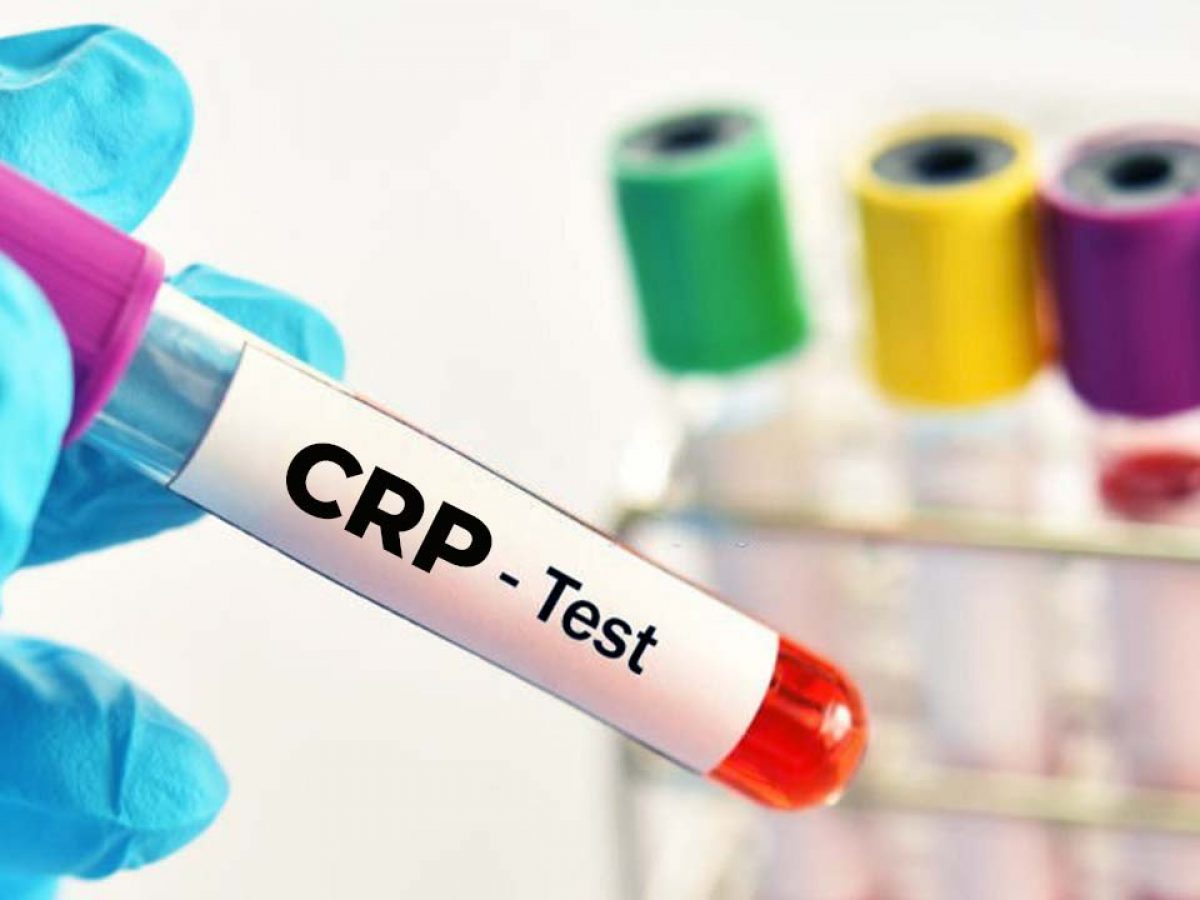The C-reactive protein (CRP) test is a valuable diagnostic tool used to measure the levels of CRP in the blood. CRP is a substance produced by the liver in response to inflammation in the body. By detecting and monitoring CRP levels, healthcare professionals can gain insights into the presence and severity of inflammation and assess the risk of various diseases. In this article, we will delve into the significance of the CRP test, its applications in different medical fields, and the distinction between the standard CRP test and the high-sensitivity CRP test.
Understanding the CRP Test
The CRP test is a blood test that measures the concentration of C-reactive protein in the bloodstream. CRP is an acute-phase reactant, which means its levels increase rapidly in response to inflammation or tissue damage. The test involves drawing a blood sample, which is then analyzed in a laboratory to determine the CRP levels.
Applications of the CRP Test
Detecting and Monitoring Infections and Inflammatory Conditions:
The CRP test is commonly used to diagnose and monitor infections, such as bacterial or viral infections, as well as inflammatory conditions like rheumatoid arthritis, lupus, or inflammatory bowel disease. Elevated CRP levels indicate ongoing inflammation and can help guide treatment decisions and monitor disease activity.
Assessing Cardiovascular Risk
High-sensitivity CRP (hs-CRP) tests are used to assess the risk of cardiovascular diseases, such as heart attacks or strokes. Studies have shown that elevated levels of hs-CRP are associated with an increased risk of developing cardiovascular events. This test can aid in risk stratification and guide preventive measures, such as lifestyle modifications or medication.
Monitoring Chronic Diseases
The C-reactive protein test is useful in monitoring chronic diseases, including diabetes and autoimmune disorders. Fluctuations in CRP levels can provide valuable information about disease progression, response to treatment, and the effectiveness of management strategies.
Screening for Gestational Complications
During pregnancy, the CRP test can be used to assess the risk of complications such as preterm birth or preeclampsia. Elevated CRP levels may indicate inflammation and help identify women who require additional monitoring or interventions.
Standard CRP Test vs. High-Sensitivity CRP Test
The standard CRP test measures CRP levels in a broader range, typically above 10 mg/L. It is used to detect and monitor acute infections and inflammatory conditions. On the other hand, the high-sensitivity CRP test measures CRP levels in a lower range, typically below 10 mg/L. This test is more sensitive and is specifically designed to assess cardiovascular risk. The hs-CRP test can detect low levels of inflammation associated with atherosclerosis, allowing for early identification of individuals at risk for cardiovascular events.
The CRP test plays a crucial role in diagnosing, monitoring, and assessing the risk of various diseases. It provides valuable insights into the presence and severity of inflammation, helping healthcare professionals make informed decisions regarding treatment and management strategies. Whether it is detecting infections, assessing cardiovascular risk, monitoring chronic diseases, or screening for gestational complications, the CRP test serves as a valuable tool in the field of medicine. The availability of the standard CRP test and the high-sensitivity CRP test allows for tailored approaches, ensuring accurate assessments and improved patient outcomes.
Read More:
